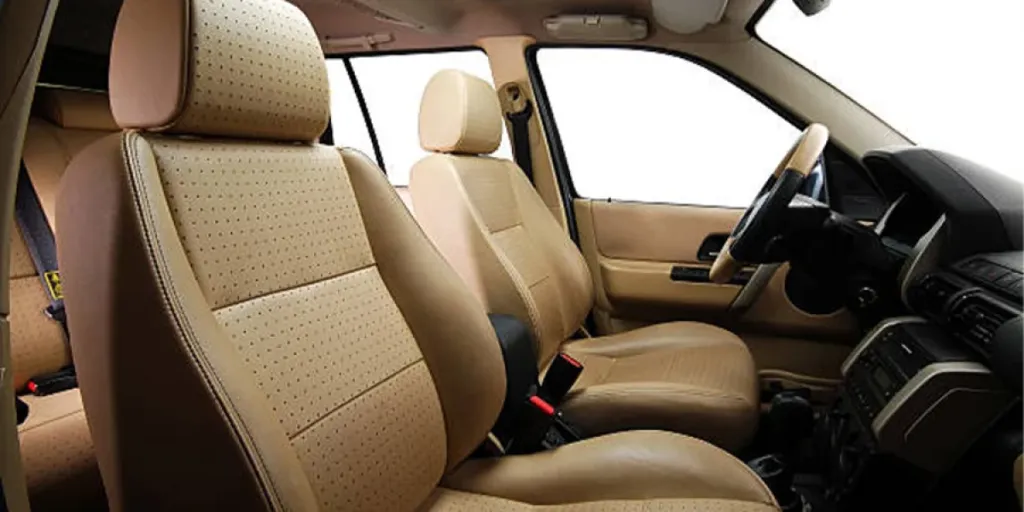Controlling emissions directly impacts a modern car’s performance, fuel efficiency, and environmental footprint – that’s why the process is more than just about ticking a box. One important player in this system is the purge valve, part of every car’s evaporative emission control (EVAP) system.
Put simply, the purge valve regulates when and how fuel vapors from the gas tank enter the engine for combustion, stopping it from venting into the atmosphere. A faulty purge valve can also be a common culprit behind check engine lights, decreased fuel efficiency, and higher emissions.
In such cases, drivers will look to auto parts stores or repair shops for replacements. In this article, we’ll detail how you can boost sales by stocking high-quality purge valves.
Table of Contents
What are purge valves, and what do they do?
What to tell customers should they encounter a faulty purge valve
What retailers should consider before stocking purge valves
1. Brand reputation and quality assurance
2. Material durability and construction
3. Vehicle compatibility
4. Ease of installation
5. Inventory depth and variety
Rounding up
What are purge valves, and what do they do?
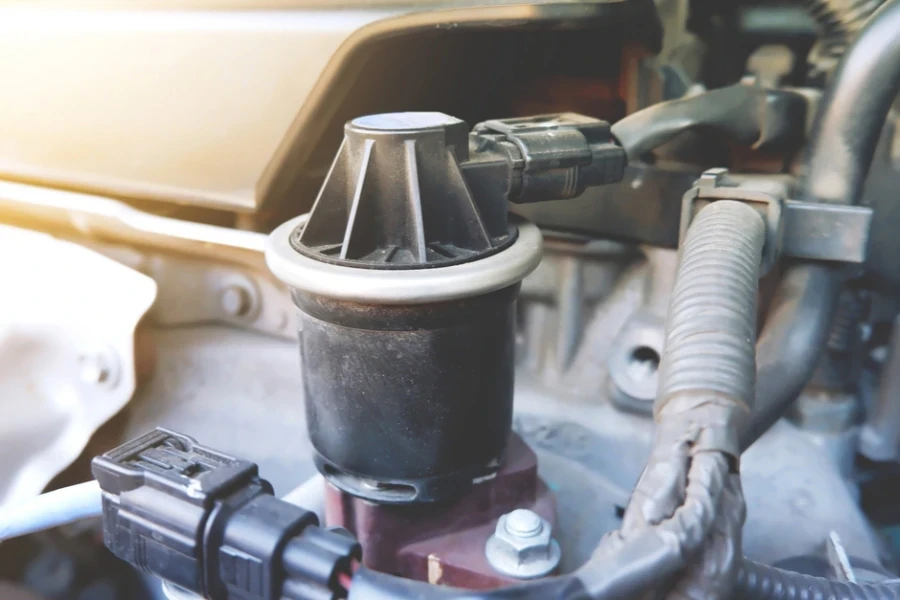
Car manufacturers use evaporative emission control (EVAP) systems to stop harmful fuel vapors from escaping into the air. In the middle of that system sits the purge valve. It regulates when those vapors are expelled from the fuel tank’s evaporative canister into the engine’s intake. In simpler terms, the valve ensures that fuel fumes are burned off in the engine instead of contributing to pollution.
Generally, the engine’s powertrain control module (PCM) decides when purge valves should open or close. When they’re closed, fumes are held in the canister. When conditions are right (often at certain engine speeds or temperatures), the PCM signals the valve to open so the vapors can burn. This helps the engine run more efficiently while also cutting down on emissions.
What to tell customers should they encounter a faulty purge valve
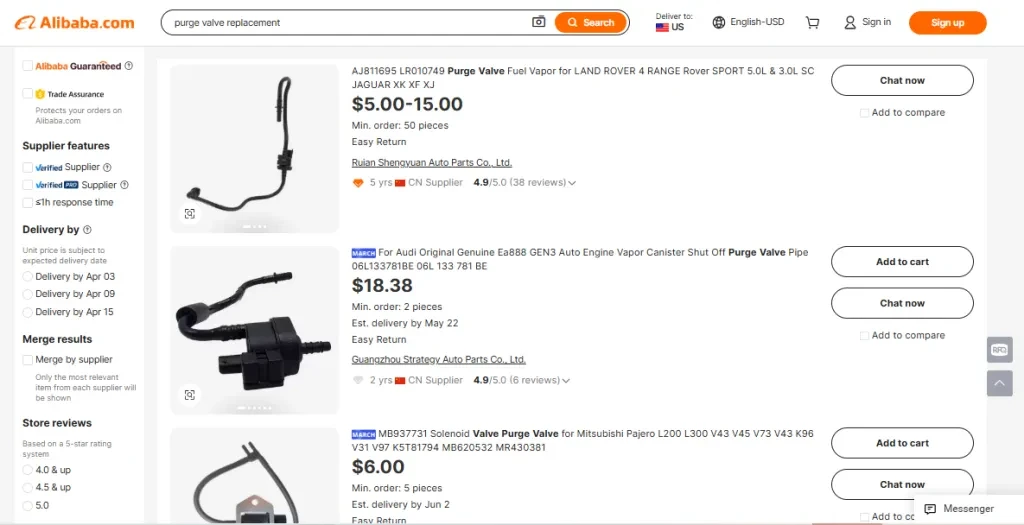
A purge valve can fail in a few different ways. Some get stuck, letting air into the engine at the wrong time. Others stay closed, trapping vapors. If customers notice a problem, auto shops can ask them if they’ve noticed the following:
- Check engine light: Malfunctioning valves often trigger trouble codes related to EVAP system leaks or faults
- Rough idle or stalling: If the valve is stuck open, the air-fuel mix might not have the proper ratio, causing idling issues
- Increased emissions: A closed valve can mean the cars aren’t burning extra hydrocarbons properly
- Difficulty starting: Some engines become finicky when the purge valve isn’t regulating vapor flow correctly
Admittedly, many of these symptoms overlap with other engine problems, so it’s good practice for customers to confirm the diagnosis with a scan tool or a trusted mechanic. Once they know the purge valve is to blame, it’s time to look for a reliable replacement.
What retailers should consider before stocking purge valves
1. Brand reputation and quality assurance
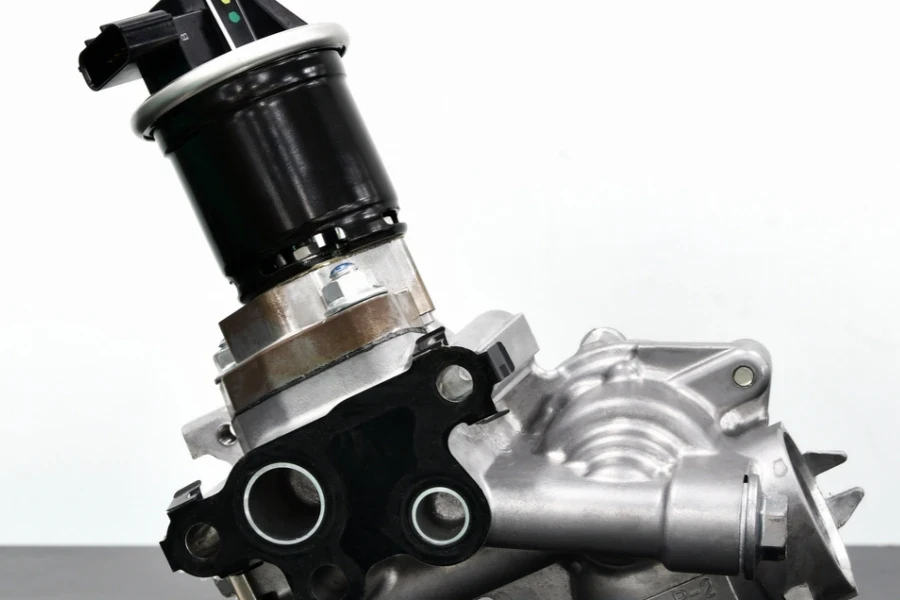
It’s always best to stock these parts from reputable manufacturers known for reliable, long-lasting parts. These can come from OEM or aftermarket suppliers, with parts from the former being more likely to match the car’s factory specs exactly, making them a safer but more expensive option. Aftermarket options can sometimes be just as good, if not better, but that depends on the manufacturer’s track record.
Another thing to consider is the manufacturer’s certifications and testing. Some manufacturers conduct extensive testing under heat, vibration, and pressure to ensure their purge valves will hold up in real-world driving conditions. So, retailers should choose suppliers that offer evidence of such quality control.
2. Material durability and construction
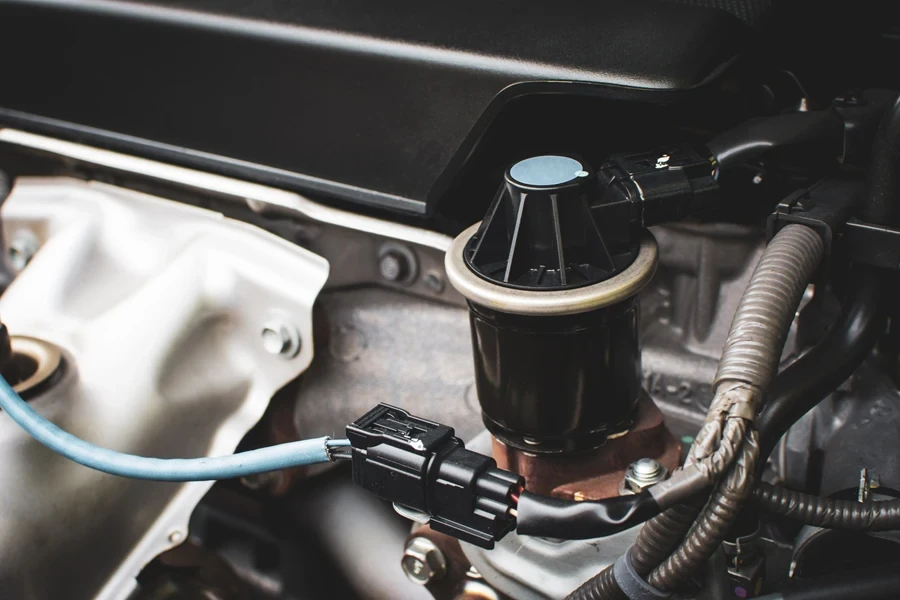
A purge valve must be able to withstand constant exposure to fluctuating temperatures, gasoline fumes, and engine vibrations. Cheap plastic or subpar internal components might degrade quickly, leading to leaks, cracks, or internal sticking. Instead, get a sample and inspect the material quality.
Retailers should check whether a desired purge valve’s internal diaphragm or rubber seals are prone to fast deterioration. If so, the valve might leak or fail to open or close properly.
3. Vehicle compatibility
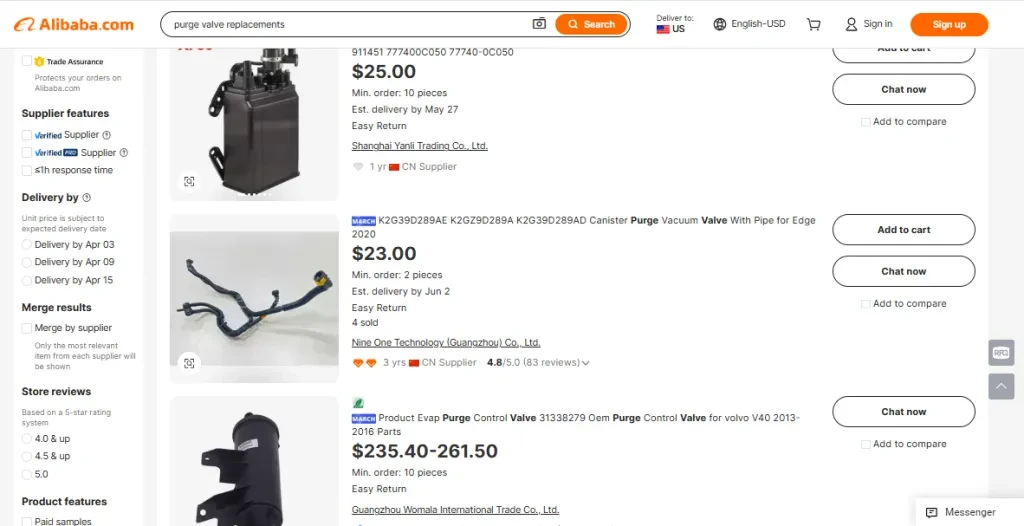
Purge valve replacements are not always a one-size-fits-all solution. Different makes, models, and engines can have unique connections or flow specifications. For this reason, retailers must verify which vehicles the part is intended for. Here’s what to keep in mind:
- Comprehensive cataloging: Ideally, whichever manufacturer retailers choose should provide a clear, up-to-date fitment guide, giving consumers what they need to know before buying – so they don’t buy something that doesn’t fit.
- Coverage range: This factor depends on what manufacturers offer. They may specialize in certain brands (like Ford or GM) or offer something more universal. If the retailer’s auto store caters to various vehicles, they will have a better experience with manufacturers that cover multiple lines or carry a few specialized lines.
4. Ease of installation
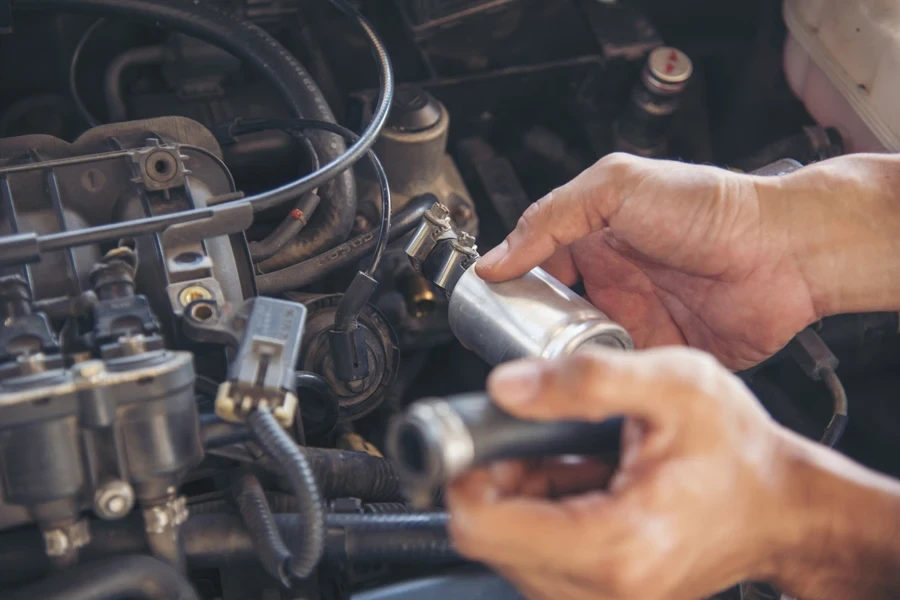
Some EVAP parts can be tricky to replace, depending on their location under the hood. From a retailer’s perspective, it’s good to know if a manufacturer includes instructions or if their parts easily align with factory mounting points. Businesses should also consider these points:
- Plug-and-play connectors: The easiest replacements have connectors that snap right onto the existing harness. That’s a major plus for both seasoned mechanics and weekend DIYers.
- Packaging and instructions: For consumers wanting to make repairs themselves, clear, concise instructions (or online resources) can help reduce installation hassles
5. Inventory depth and variety
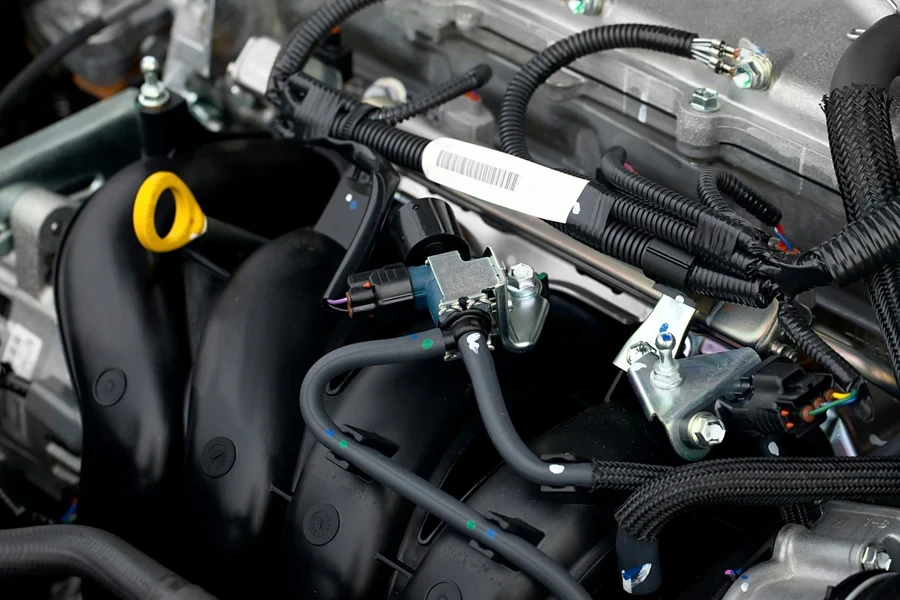
While retailers don’t have to stock every purge valve out there, they should have enough variety to cover their region’s popular brands and models. To do so, pay attention to local car demographics. If you often see Hondas, Toyotas, and Chevys rolling in for service, it’s better to have the purge valves for those vehicles readily available.
Rounding up
Purge valves are notorious for causing many engine-related failures. Since they’re important for controlling emissions, it’s likely that a driver will notice when they fail from a variety of symptoms, including weird idling problems to the dreaded check engine light.
Given that these parts are always exposed to harsh conditions with a high potential for wear and contamination, purge valve failure is a common problem, so retailers should consider stocking high-quality replacements to capitalize on the market’s constant demands. Try to stock up on a range of makes and models, or just focus on those for the vehicles most common in your vicinity.


